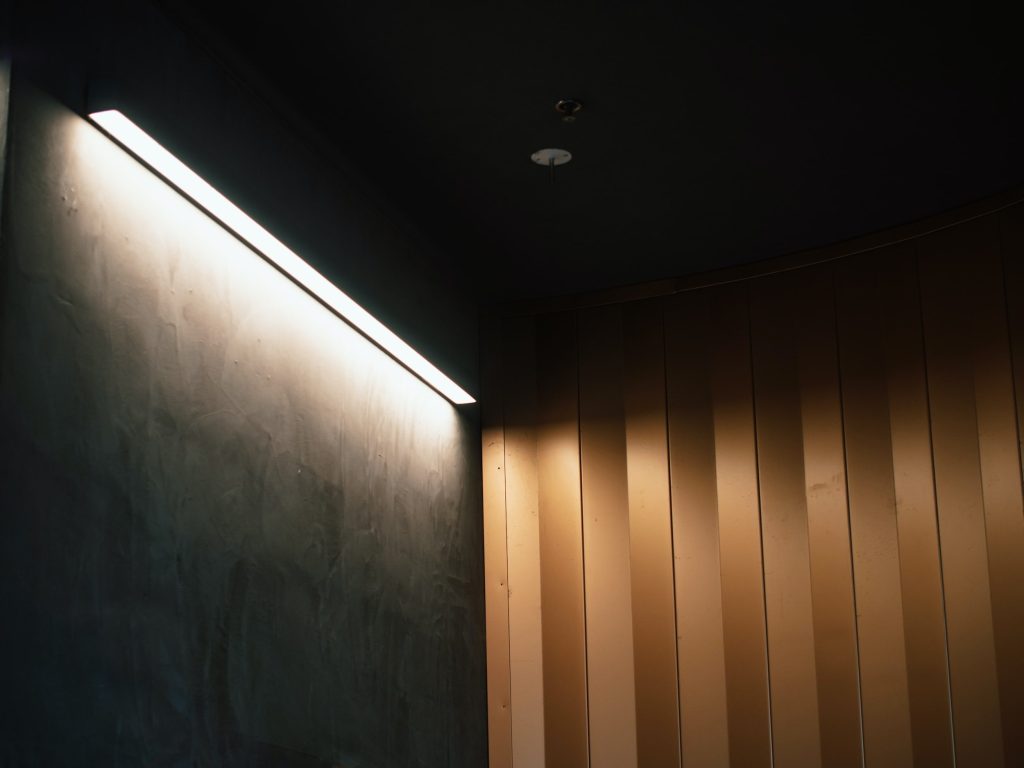A building lighting system is a network of lighting fixtures, controls, and wiring that provides artificial illumination for indoor or outdoor spaces in a building. The lighting system is an essential part of the building’s infrastructure and helps to provide a safe, comfortable, and productive environment for occupants.
Building lighting systems can include a variety of lighting fixtures, such as fluorescent lights, LED lights, high-intensity discharge (HID) lights, and incandescent bulbs. These fixtures may be installed in ceilings, walls, floors, or outdoor spaces.
Lighting controls are an important component of a building lighting system. They allow building managers to adjust the brightness and intensity of the lights, turn them on or off automatically based on occupancy or time of day, and create lighting zones for different areas of the building.
Lighting plays a transformative role in our built environment, shaping the ambiance, functionality, and aesthetics of the spaces we inhabit. As technology and design trends evolve, lighting systems have become more advanced and versatile, allowing us to create truly unique and inspiring environments. In this blog post, we will delve into the world of lighting systems in buildings, exploring their various forms, the design principles that guide their implementation, and the latest innovations in the field.
The Many Facets of Lighting Systems
Lighting systems in buildings are far more than mere functional necessities; they have the power to evoke emotions, enhance architecture, and influence our well-being. The various forms of lighting systems include:
-
Ambient Lighting: This foundational layer of lighting sets the overall tone of a space, providing general illumination that ensures visibility and comfort.
-
Task Lighting: Task lighting focuses on specific areas where activities such as reading, cooking, or working take place, providing concentrated illumination to enhance productivity and minimize eye strain.
-
Accent Lighting: Accent lighting adds drama and visual interest to a space by highlighting architectural features, artwork, or unique design elements.
-
Decorative Lighting: Decorative lighting fixtures, such as chandeliers, pendants, and wall sconces, not only provide illumination but also serve as statement pieces that enhance a space’s aesthetic appeal.
Design Principles for Lighting Systems in Buildings
A well-designed lighting system strikes the perfect balance between form and function. Key design principles to consider include:
-
Layering: Combining different types of lighting—ambient, task, accent, and decorative—creates a layered lighting scheme that caters to various needs and moods within a space.
-
Light Quality: The quality of light, encompassing aspects such as color temperature, color rendering index (CRI), and glare control, has a significant impact on the appearance and comfort of a space.
-
Energy Efficiency: Selecting energy-efficient lighting options, such as LED and compact fluorescent lamps (CFLs), can significantly reduce energy consumption and operating costs.
-
Controls and Automation: Integrating controls and automation, such as dimmers, timers, and occupancy sensors, can enhance the flexibility and efficiency of a lighting system.
-
Adaptability: Designing lighting systems that can be easily updated or reconfigured allows for future changes in space usage or design trends.
Innovative Trends in Building Lighting Systems
The world of lighting is constantly evolving, and several innovative trends are shaping the future of lighting systems in buildings:
-
Human-Centric Lighting: This approach focuses on the impact of lighting on human well-being, using tunable white light to mimic natural daylight and support our circadian rhythms.
-
Smart Lighting: IoT-enabled lighting systems offer advanced features, such as remote control, customization, and data collection, enabling a more personalized and efficient lighting experience.
-
Biophilic Design: Incorporating elements of nature into lighting design, such as dynamic daylight patterns and organic shapes, can create a more harmonious and restorative environment.
-
Architectural Integration: Seamless integration of lighting fixtures into architectural elements, such as walls, ceilings, and floors, results in a clean, minimalist aesthetic that highlights the building’s structure.
Lighting systems in buildings are a powerful blend of art and science, capable of transforming spaces and elevating our experiences within them. By embracing innovative trends and adhering to fundamental design principles, we can create lighting systems that are not only functional but also captivating, sustainable, and attuned to the needs of the people who inhabit these spaces.

